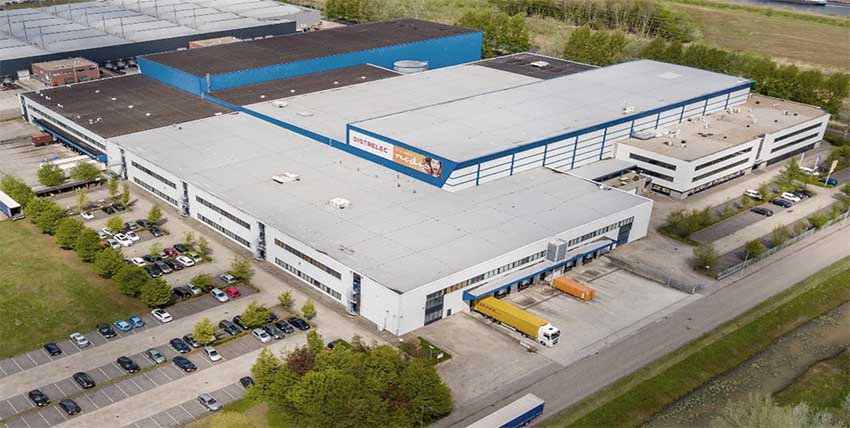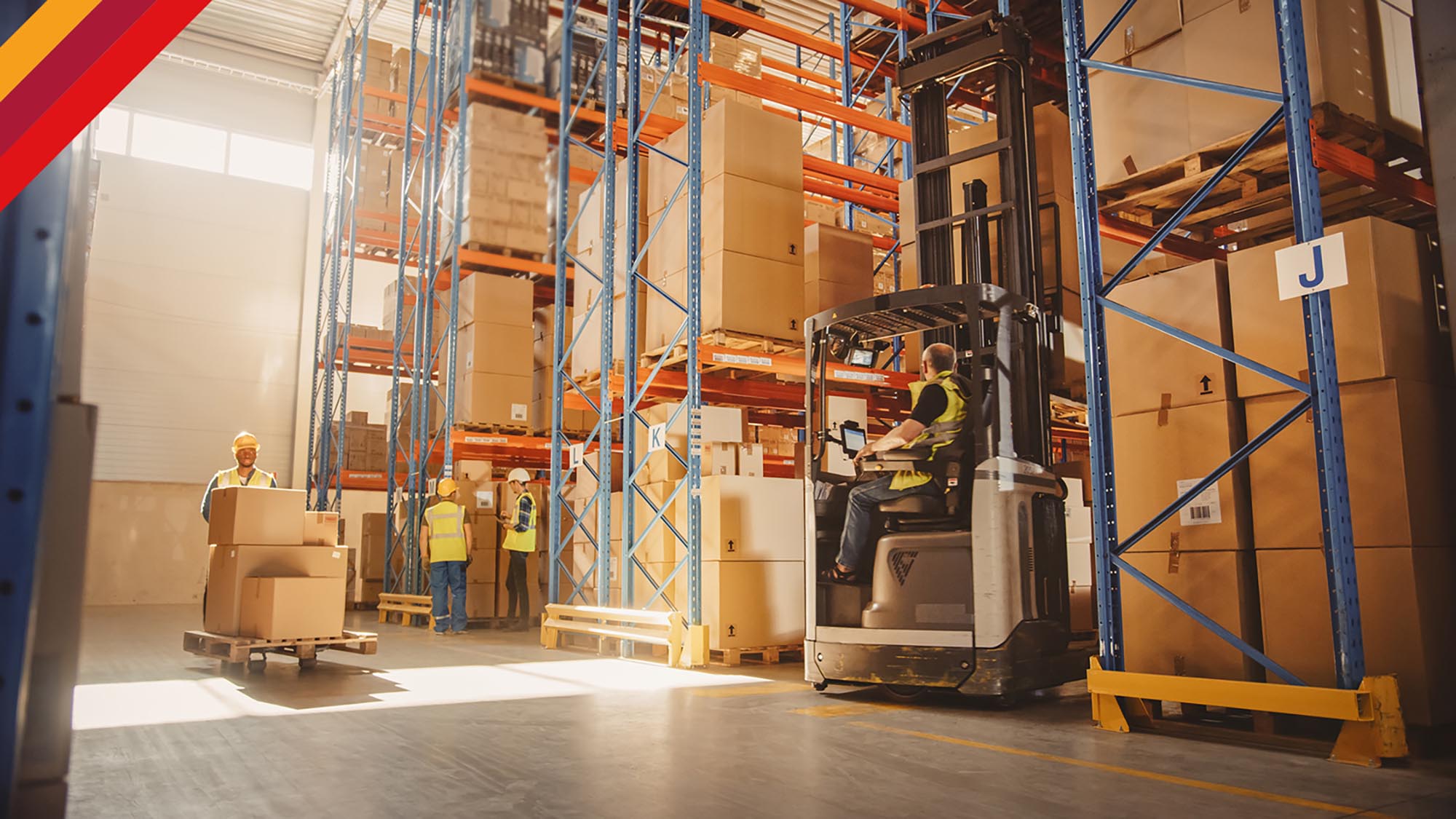Founded over 45 years ago in Switzerland, Distrelec focuses on technical components, automation and measurement technology. The company is represented by subsidiaries in more than 15 countries and supply customers throughout Europe quickly and reliably.
Interview with Marcel Schöb, Regional Sales Manager Switzerland & Italy.
How would you describe your business model for high-service distribution?
Marcel Schöb: For us, it is all about three core factors: superlative service, excellent availability, and fast delivery wrapped in a cloak of local presence. It’s implemented with local sales teams, customer service, and other specialists that understand the products we supply and the needs of each European market we serve. We also provide technical support and business development personnel for larger customers. They ensure integration to ease the management of ordering through EDI (Electronic Data Interchange) for those who demand it. Support in the local language is another key customer benefit.
And, again, local logistics is vital. We can offer same-day delivery when required, which is essential to many small businesses. We see this often in maintenance, repair, and operations (MRO) teams. If you’re a baker and some piece of equipment comes to a standstill because a cable has failed, the losses through downtime are more significant than the cost of the replacement part. They know they can call us, and we’ll pick the order and send it over by courier as quickly as we can – we’ve even delivered orders personally on occasion. So, for me, high-service distribution is about worldwide access to products refined with first-class, local service.
E.E: Acquisitions have been a critical element of Distrelec’s growth, but they’re hard to do. Why have you been so successful?
M.S: We are readying ourselves for our 50th anniversary, having been founded in 1973. What contributed to our success was the merger of similar, sometimes identical, businesses. Schuricht and Elfa were well established with a strong brand in the regions they served. Despite this, there are obvious challenges. Each company had warehousing, logistics, and webshops, which required some optimisations. Naturally, change takes time, resulting in your attention being focused internally, perhaps to a higher degree or for longer than you’d want. But you have to take the long-term view. Today, we are well positioned, and it’s now easier to grow the business organically because of the work undertaken in business digitalisation.

But perhaps the most important factor is whether the cultures are well matched. Inevitably you will lose one or two employees and customers due to any change. Whether you lose more depends on how well you manage that change and the necessary integration. As you start projects to merge systems and processes, it is critical to ensure that everyone involved is seen as being on equal terms. And be clear that you can also learn from the team being acquired, who may be doing things better than you or have expertise you are missing. Overall, be aware that almost nothing will go as planned, but accepting that will give you the edge you need to merge successfully.
E.E: What are your strengths and differentiators compared to your competitors?
M.S: It is the combination of local, sometimes personal, service and support coupled with the benefits of centralising commonalities between the regions. A great example here is our webshop. In 2023, we’re launching a new version using “headless” architecture: where we have separated the front-end user interface from the backend. This will significantly improve the performance of the website and thereby for our users as they will be able to navigate and find the right products faster. The new architecture will also enable us to build and develop new features faster and more efficiently, one area we will focus on in 2023 is our online search experience where we will offer more intelligent search capabilities, something essential for users to find what they’re looking for.
Locally, we provide a pick-up desk at our warehouse, allowing customers to collect ordered items personally when they desperately need a product. So, although we don’t implement significant warehouse automation, we can respond immediately to customer needs.
Finally, I think service is best measured by what happens when something doesn’t work as planned. If a customer calls us, we generally answer in the desired language within five seconds to resolve it. You have to be there to help.

Marcel Schöb, Regional Sales Manager Switzerland & Italy
E.E: Distrelec’s own brand ‘RND’ is gaining much traction. Is this also the case in your region?
M.S: That’s an interesting topic. We were probably a little late bringing out our own brand compared to our competitors. But, thanks to our strategy, it’s left us better positioned. Ten or fifteen years ago, an own brand would have been under pressure to deliver on price alone. However, today we see a lot more interest in certifications, quality, and proof of testing. And that’s where RND delivers, offering excellent quality and value to our customers.
Test equipment is one of the product ranges that is most popular here in Switzerland, with customers looking for something that does the job reliably when it doesn’t have to be high-end. The other is our RND Connect offering of connectors and cable assemblies. Of course, some customers like to stick with brands they know, but others are willing to look at the alternatives and make more of their budget. That’s where RND typically scores.
E.E: Students are tomorrow’s engineers. What support do they get from Distrelec?
M.S: This is an area where we place significant focus across Europe. We start with the support of individual projects and continue through to helping the learning institutions. Our suppliers also provide discounts that we pass on. Students are a critical element of our future, too, as these pending engineers highlight what form and shape our portfolio should take. It’s led to the development of a line of robotics matching their needs. And, of course, they’ll be employed somewhere in the future, and we want to ensure that they take a good memory of Distrelec with them.
The projects students undertake aren’t simple either. One of them, PERIPHAS, explored ways to build a guided recovery system for a rocket targeting a landing radius of just 50 m. Built of almost 500 parts, there is a significant amount of engineering discovery and learning such a project offers. Another was with Swissloop Tunneling, building a scaled-down tunnel boring apparatus for the Hyperloop project. That team was selected as part of the digging dozen to compete in Las Vegas Not-A-Boring Competition.

E.E: What’s ahead for Distrelec and business in general in 2023?
M.S: Recent business growth for Distrelec has been impressive, despite the operational challenges of the last two years, and entering 2023, we expect more of the same. There are some business risks due to global unrest, inflation, continuing allocation, and energy prices, but much of this is already factored in. A unique challenge for our team and customers is the exchange rate. Currently, things look promising, but you can’t discount the possibility of instability.
We’re most excited about the improvements in the webshop, specifically the search capability and the additions to our product portfolio. And, of course, continuing the high level of availability we attained thanks to solid investment entering the pandemic. This will be expanded through cross-stock and drop-ship. Customers will also benefit from more RND products. Overall, we’ve put the correct elements in place to continue doing what our customers say we do best – product availability, speedy delivery, and excellent service.
To discover Distrelec’s full range of technical components for automation, measurement technology and IT, visit www.distrelec.com.


